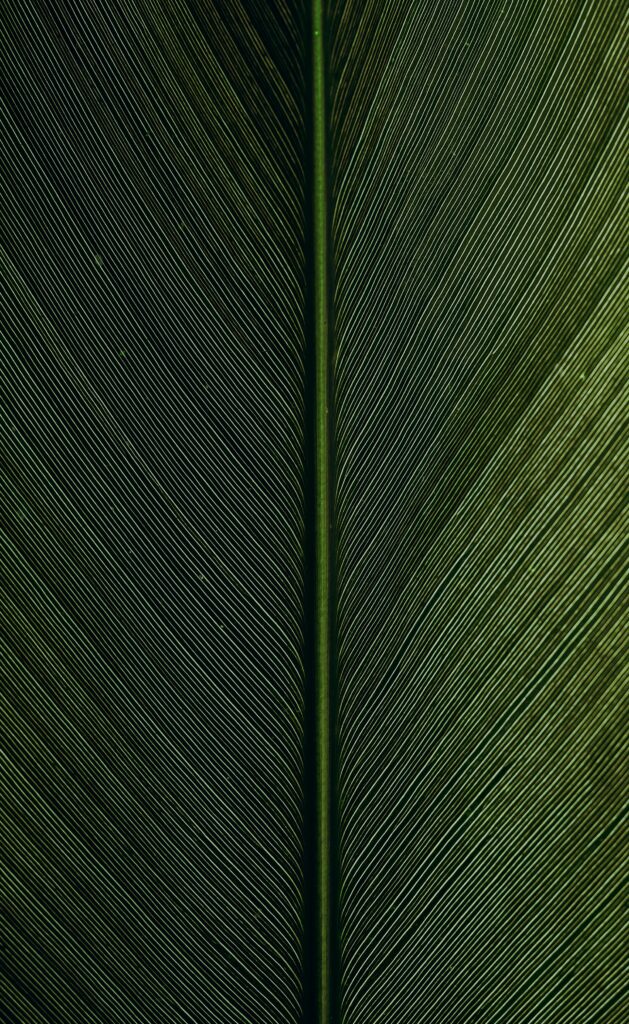New plant-derived composite is tough as bone and hard as aluminium
 Image credit: Omid Armin on Unsplash
Image credit: Omid Armin on Unsplash
The material could pave the way for a sustainable alternative to plastics
Description
Cellulose fibres are nature’s most abundant polymer, and the main structural component of all plants and algae. Within each fibre are reinforcing cellulose nano crystals, or CNCs, which are chains of organic polymers arranged in nearly perfect crystal patterns. At the nanoscale, CNCs are stronger and stiffer than Kevlar. If the crystals could be worked into materials in significant fractions, CNCs could be a route to stronger, more sustainable, naturally derived plastics.
Now, an MIT team has engineered a composite made mostly from cellulose nano crystals mixed with a bit of synthetic polymer. The organic crystals take up about 60 to 90 percent of the material — the highest fraction of CNCs achieved in a composite to date. The researchers found the cellulose-based composite is stronger and tougher than some types of bone, and harder than typical aluminium alloys and developed a recipe that they could fabricate using both 3D printing and conventional casting . The material has a brick-and-mortar microstructure that resembles nacre, the hard inner shell lining of some molluscs.
Relevance
How might the future of naturally derived, cellulose-based materials shape the processes within and products coming out of the manufacturing industry? And will these materials ever be able to overtake the popularity of plastics?
Learn more
Vision
EIT Manufacturing vision for the future of Manufacturing in Europe in 2030, called ‘Fixing Our Future
Enablers
Enablers for future change and actions to make the vision, as described in Fixing Our Future, a reali
Signals
A knowledge library of over 100 signals of change, as examples of emerging manifestations towards the
About the project
Learn more about the background, the process and the people and the contributors behind this project.

